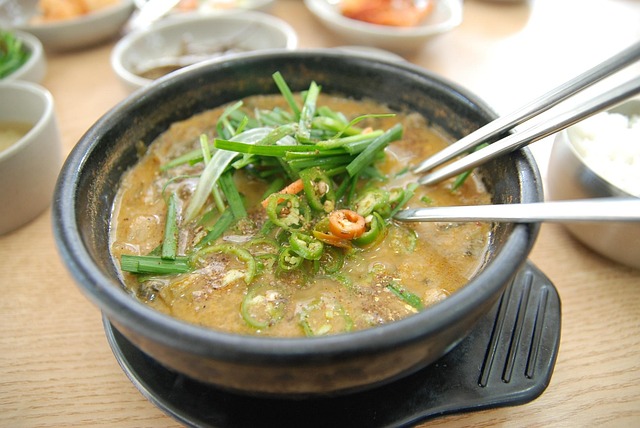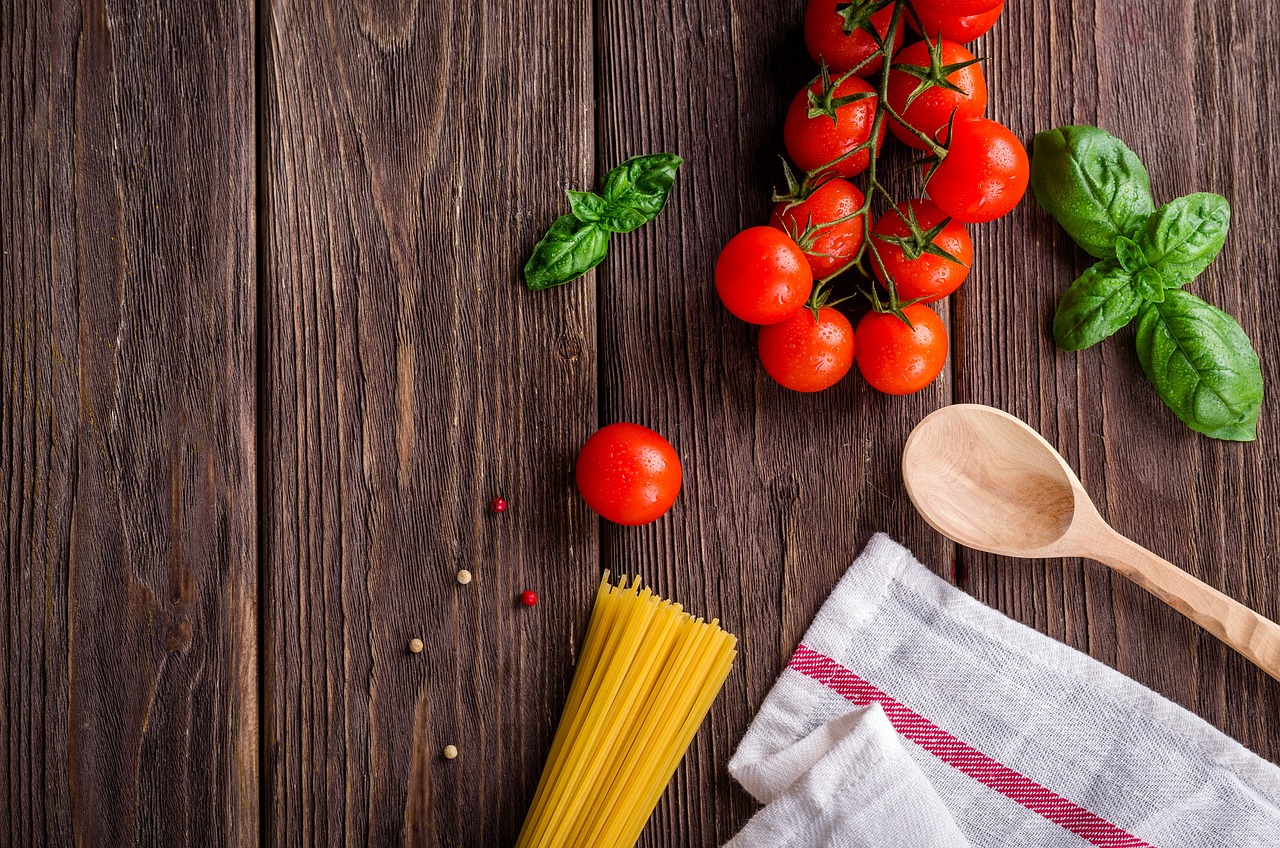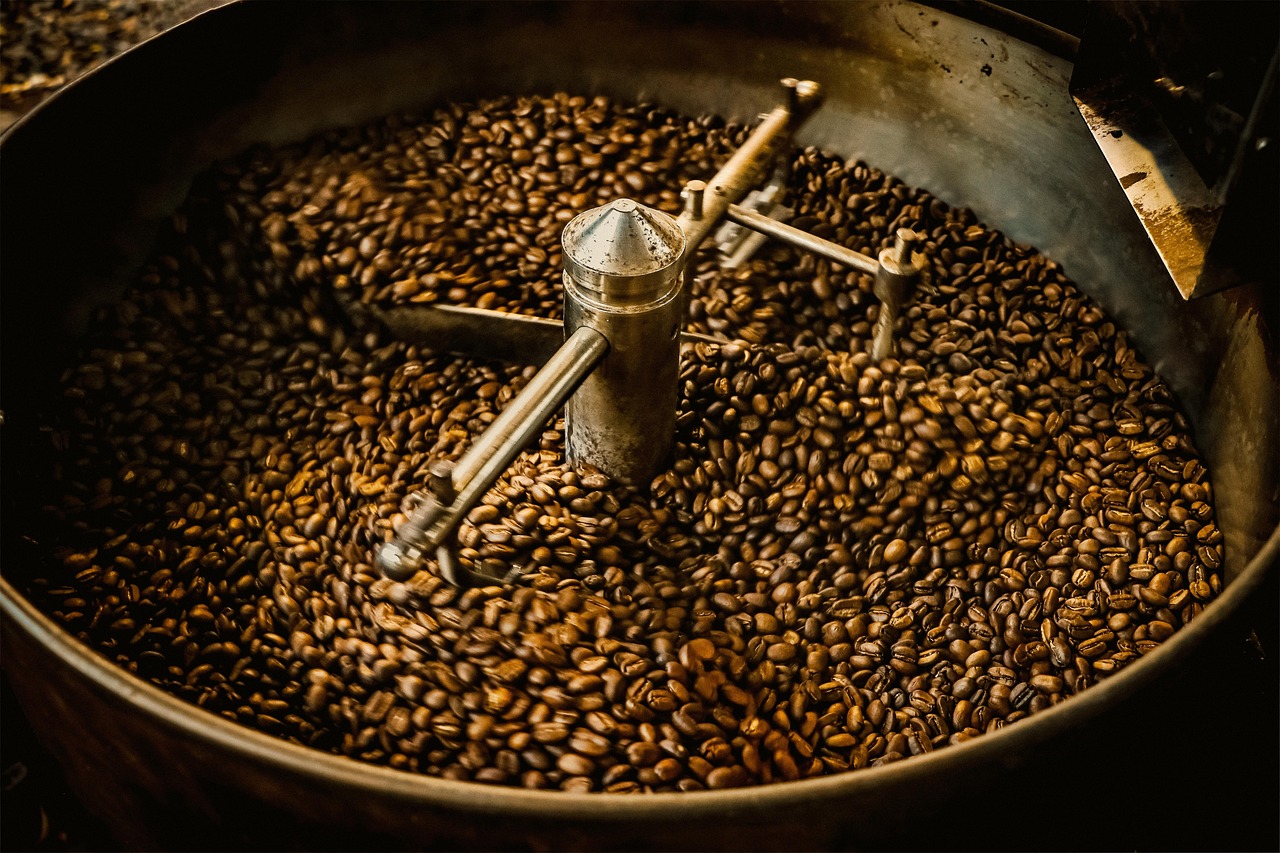
The Recipe Analysis Workbook (RAW)
The Recipe Analysis Workbook (RAW) is a significant addition to the Food Buying Guide for Child Nutrition Programs. This interactive tool is designed to assist program operators in evaluating the meal pattern contributions of their recipes. By utilizing the RAW, users can ensure that the meals they prepare meet the necessary nutritional standards set for child nutrition programs.
What is the Recipe Analysis Workbook?
The RAW is a comprehensive tool that consists of several worksheets, each dedicated to a specific meal component. This structure allows users to analyze various aspects of their recipes systematically. The primary purpose of the workbook is to determine the expected meal pattern contribution and generate a crediting statement for each recipe, ensuring compliance with nutritional guidelines.
Key Features of the RAW
- Interactive Worksheets: The workbook includes tabs for each meal component, making it easy to navigate and input data relevant to specific recipes.
- Product Formulation Statement Workbook: This feature allows manufacturers to calculate their product's contribution statement and generate necessary crediting documentation efficiently.
- User-Friendly Interface: The design of the RAW is intuitive, making it accessible for program operators, even those who may not be tech-savvy.
- Compliance Assurance: By using the RAW, users can ensure that their recipes align with the meal pattern requirements, promoting healthier eating habits among children.
How to Use the Recipe Analysis Workbook
Using the RAW involves a few straightforward steps:
- Gather Recipe Information: Collect all necessary details about the recipe, including ingredients, portion sizes, and preparation methods.
- Input Data: Enter the information into the appropriate worksheets within the RAW. Each tab corresponds to different meal components, allowing for organized data entry.
- Analyze Contributions: Once the data is entered, the workbook will calculate the meal pattern contributions, helping users understand how their recipe fits into the nutritional framework.
- Generate Documentation: After analysis, users can generate the crediting statement, which serves as documentation for compliance with child nutrition programs.
Benefits of Using the RAW
The Recipe Analysis Workbook offers numerous benefits for program operators and manufacturers alike:
- Enhanced Nutritional Quality: By ensuring recipes meet meal pattern contributions, the RAW promotes healthier meals for children.
- Streamlined Process: The interactive nature of the workbook simplifies the analysis process, saving time and effort.
- Support for Compliance: The ability to generate crediting documentation aids in meeting regulatory requirements, providing peace of mind for program operators.
- Educational Resource: The RAW serves as a valuable educational tool, helping users understand the nutritional components of their recipes better.
Conclusion
The Recipe Analysis Workbook is a vital resource for anyone involved in child nutrition programs. By providing a structured and interactive approach to recipe analysis, it supports the creation of nutritious meals that contribute positively to children's health. As more program operators adopt this tool, the potential for improving meal quality in schools and childcare settings increases significantly.

















 Tracklist So Close to What
Tracklist So Close to What 
 Health
Health  Fitness
Fitness  Lifestyle
Lifestyle  Tech
Tech  Travel
Travel  Food
Food  Education
Education  Parenting
Parenting  Career & Work
Career & Work  Hobbies
Hobbies  Wellness
Wellness  Beauty
Beauty  Cars
Cars  Art
Art  Science
Science  Culture
Culture  Books
Books  Music
Music  Movies
Movies  Gaming
Gaming  Sports
Sports  Nature
Nature  Home & Garden
Home & Garden  Business & Finance
Business & Finance  Relationships
Relationships  Pets
Pets  Shopping
Shopping  Mindset & Inspiration
Mindset & Inspiration  Environment
Environment  Gadgets
Gadgets  Politics
Politics 